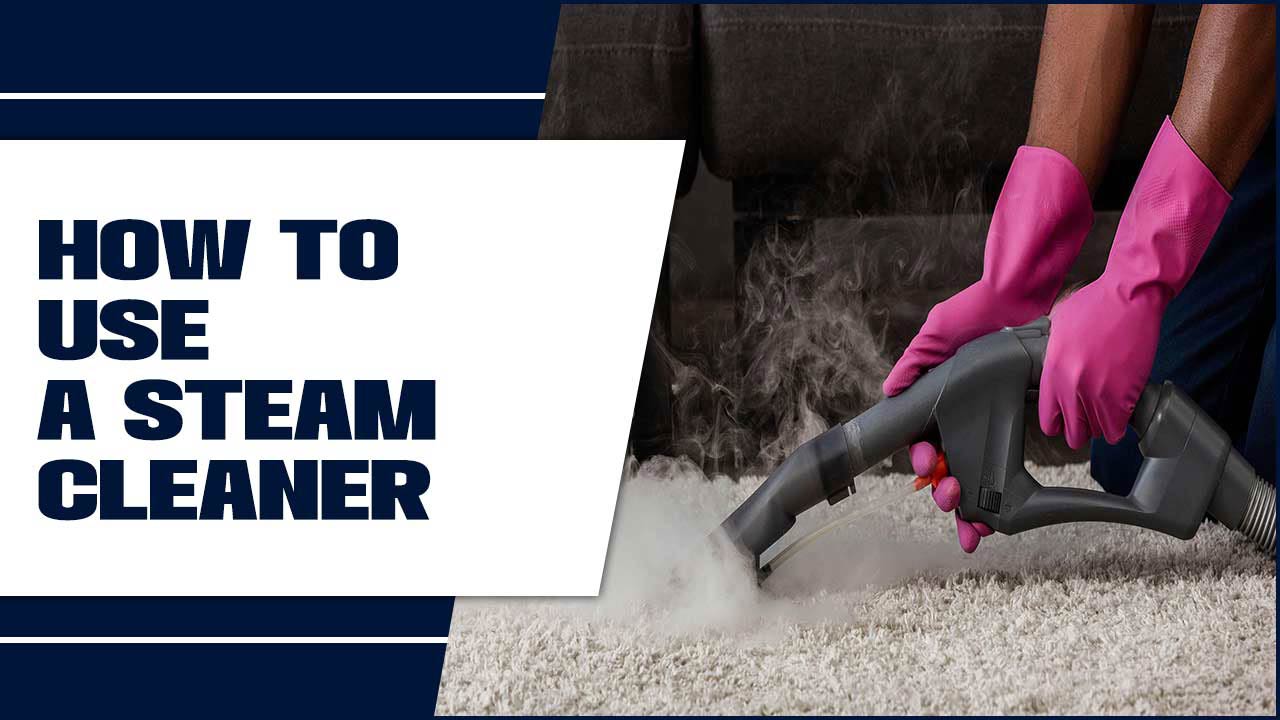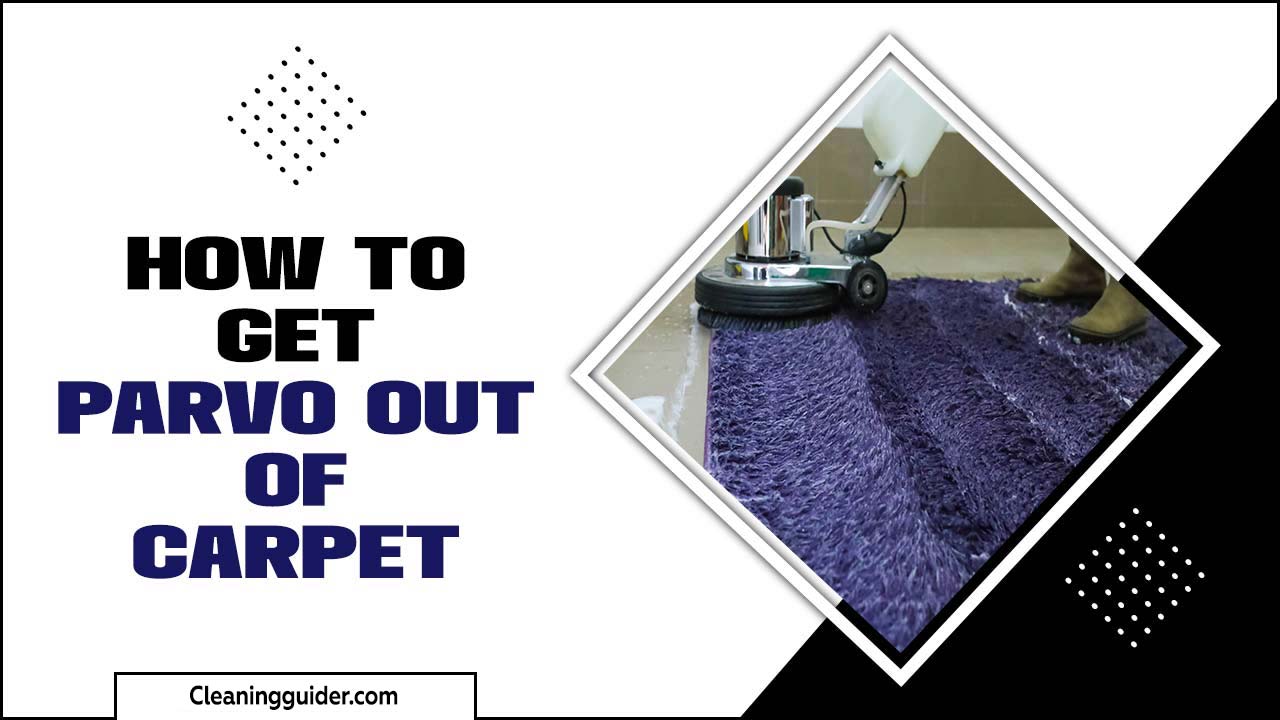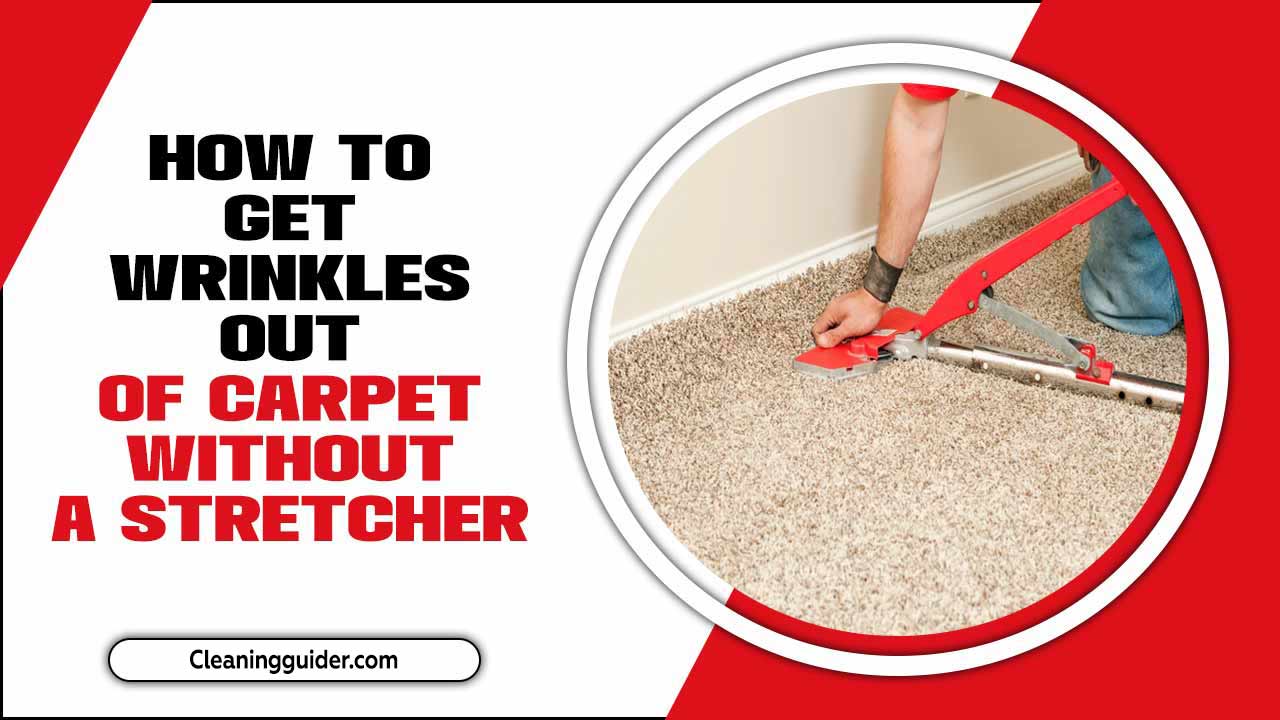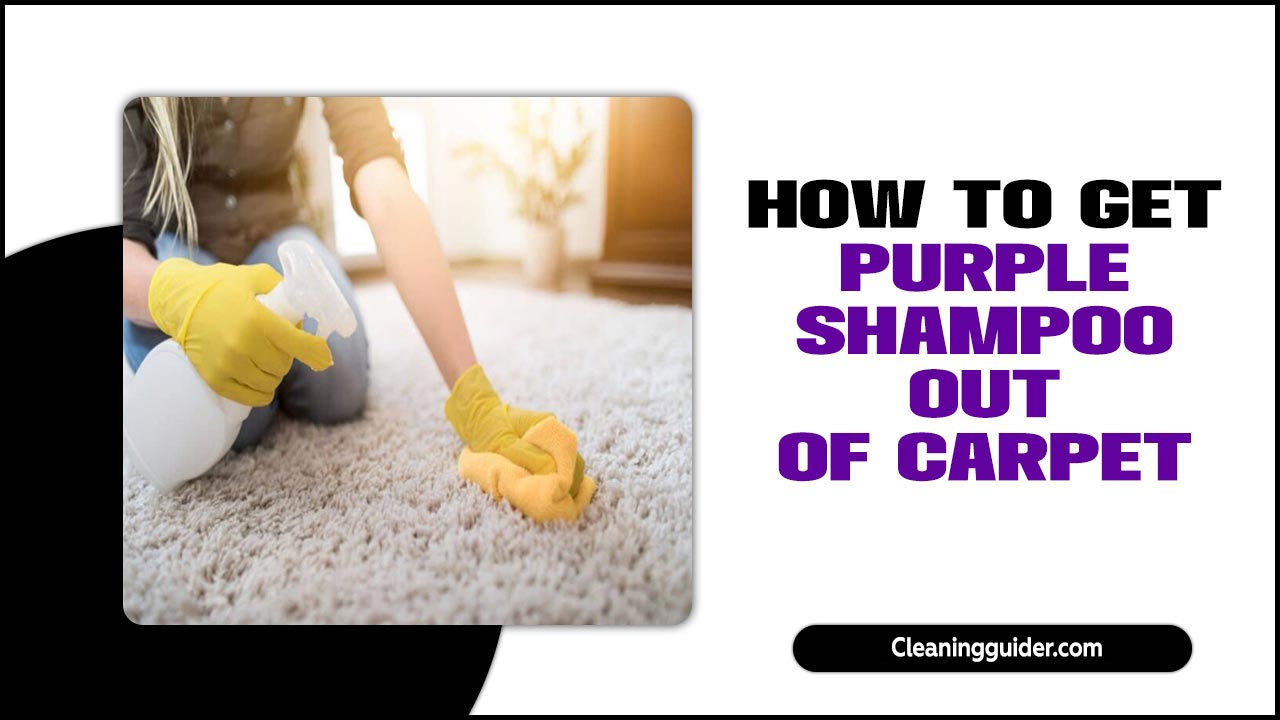Keeping your household clean and free from dust and debris is essential for maintaining a healthy and comfortable living environment. One of the most commonly used tools for this task is the vacuum cleaner.
However, as with any other appliance, regular maintenance is required to ensure its optimal performance. One crucial component of a vacuum cleaner is the filter, which is responsible for trapping dirt and dust particles. Over time, the filter can become clogged, affecting the suction power and efficiency of the vacuum.
This is why it is crucial to clean the vacuum filter regularly. We will discuss the importance of cleaning your vacuum filter, the signs that indicate it needs cleaning and step-by-step instructions on how to clean it effectively.
Whether you are a new homeowner or a seasoned cleaning expert, this guide will provide you with all the necessary information to keep your vacuum filter in top-notch condition. So, let’s dive in and learn how to clean a vacuum filter like a pro.

The Importance Of Cleaning Vacuum Filters
Cleaning vacuum filters is essential to maintaining your vacuum cleaner’s efficiency and longevity. Over time, dust, dirt, and debris can accumulate in the filter, causing it to become clogged. This can lead to a decrease in suction power and overall performance. By regularly cleaning your vacuum filter, you can ensure that it continues to effectively trap dirt and allergens, keeping your home clean and healthy.
A clean filter can also help prevent any unpleasant odours that may develop from trapped debris. It is recommended to check your vacuum’s user manual for specific instructions on how to clean the filter, as different models may have different requirements.
In general, though, most filters can be rinsed with water or gently brushed to remove any built-up dirt. Regularly cleaning and maintaining your vacuum filter will not only improve its performance but also extend its lifespan.
Understanding The Different Types Of Vacuum Filters
Understanding the different types of vacuum filters is essential for effectively cleaning your vacuum filter. Here are some common types of vacuum filters:
- HEPA Filters: These filters are designed to trap small particles and allergens, making them ideal for those with allergies or asthma.
- Foam Filters: Foam filters are washable and reusable, making them a cost-effective option. They are typically handy in wet/dry vacuums.
- Cartridge Filters: These filters are made of pleated paper or fabric and are designed to capture fine dust and debris. They need to be replaced periodically.
- Pre-Motor Filters: These filters protect the motor from dust and debris. They should be cleaned or replaced regularly to maintain optimal performance.
To clean your vacuum filter, start by removing it from the vacuum. If it is washable, rinse it under running water until the water runs clear. Allow it to air dry completely before reinserting it into the vacuum. If the filter is not washable, follow the manufacturer’s instructions for cleaning or replacing it. Regularly cleaning and maintaining your vacuum filter will help ensure that your vacuum performs at its best and extends its lifespan.
10 Easy Steps On How To Clean A Vacuum Filter Easy Steps

Maintaining a clean and efficient vacuum ensures optimal performance and extends its lifespan. One key component that requires regular attention is the vacuum filter. Cleaning the vacuum filter improves suction power and prevents dust and debris from being released back into the air. Here, we will outline ten easy steps on how to clean a vacuum filter.
Gathering The Necessary Supplies
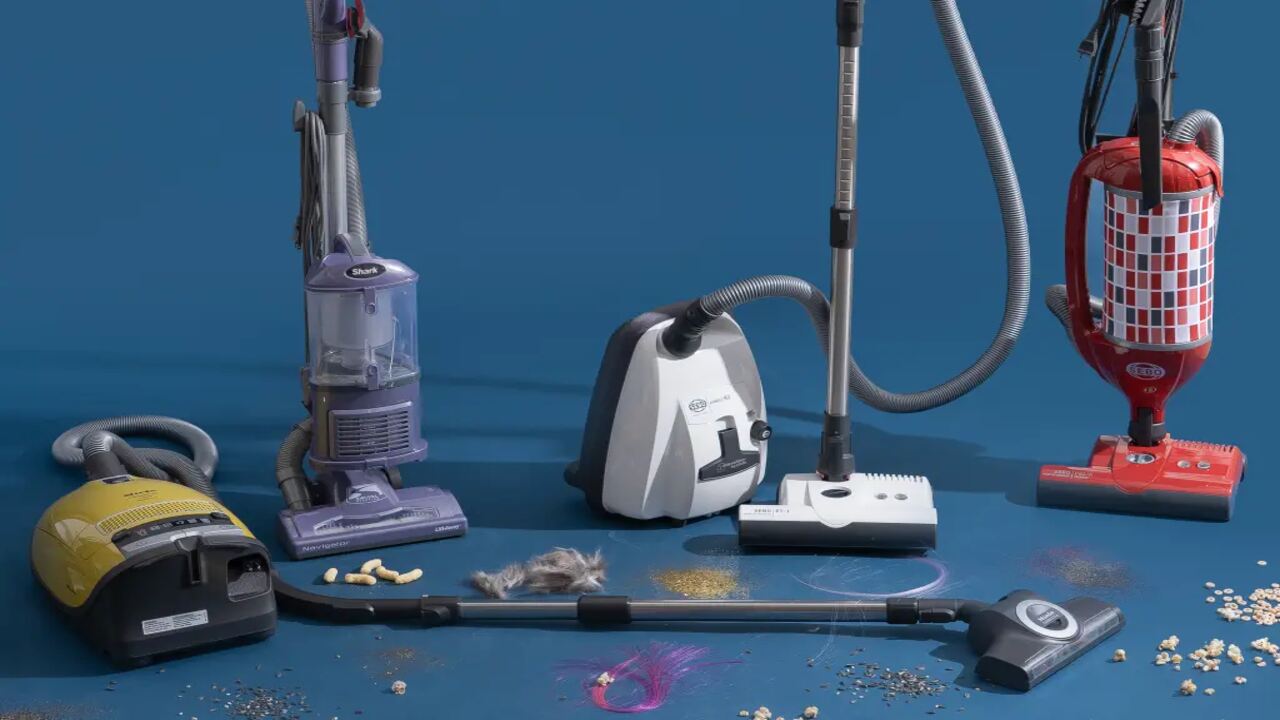
When cleaning a vacuum filter, it’s important to gather the necessary supplies to ensure a thorough and effective cleaning. Having these supplies on hand will make the process of cleaning your vacuum filter much easier and more efficient, helping to improve the overall performance of your vacuum cleaner. Here are some essential items you’ll need:
- A screwdriver or other tool to remove the filter from the vacuum
- A soft brush or toothbrush for gently scrubbing away dirt and debris
- Mild dish soap or detergent for cleaning the filter
- Warm water for rinsing the filter
- A clean towel or paper towel for drying the filter
Removing The Filter From The Vacuum
Cleaning your vacuum filter is an important part of maintaining the performance and longevity of your vacuum cleaner. One of the first steps in cleaning a vacuum filter is removing it from the vacuum. While this process can vary depending on the make and model of your vacuum, there are some general steps you can follow.
Start by unplugging your vacuum and locating the filter compartment. This is typically located on the top or side of the vacuum. Once you have found the compartment, open it to access the filter. In some cases, the filter may slide out, while in others, you may need to twist or unlatch it.
Carefully remove the filter from its housing, being mindful not to damage or break any parts. Once you have successfully removed the filter, you can proceed with cleaning it according to the manufacturer’s instructions.
Preparing The Filter For Cleaning
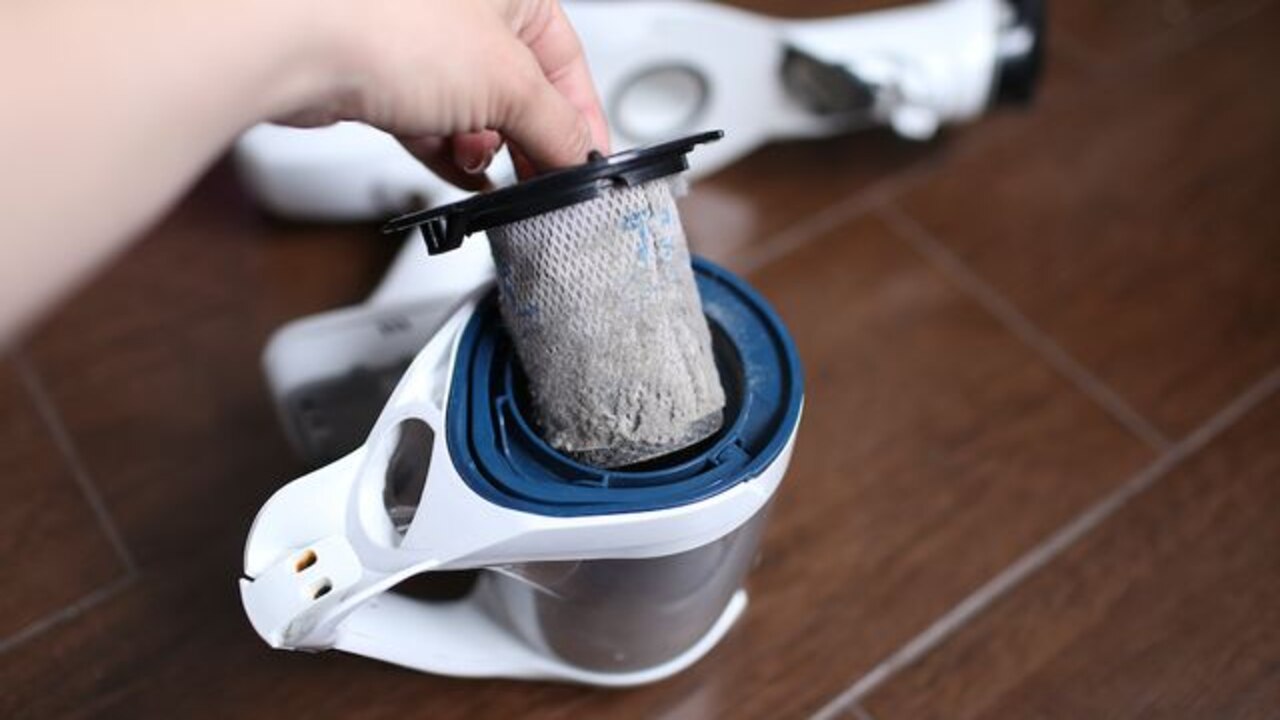
Before proceeding with cleaning, it’s important to prepare the filter properly. Start by tapping or gently brushing the filter to remove any loose dirt and debris. Take a closer look for any visible damage or signs of wear that may require replacement. If the filter is washable, you can move on to the cleaning steps.
However, if it’s not washable, make sure to prepare for disposal or replacement. Remember to follow the manufacturer’s instructions on whether the filter should be rinsed prior to cleaning. This will ensure that you clean your filter in the best possible way, extending its lifespan and maintaining the efficiency of your vacuum cleaner.
Manual Cleaning Method
The manual cleaning method is a popular choice when cleaning a vacuum filter. To manually clean your vacuum filter, start by removing the filter from the vacuum cleaner according to the manufacturer’s instructions. Shake off any loose debris or dust from the filter. Then, rinse the filter under running water to remove any remaining dirt or particles.
Use a mild detergent or soap to gently scrub the filter, paying close attention to any stubborn stains or buildup. Rinse thoroughly to ensure all soap residue is removed. Allow the filter to air dry completely before reattaching it to your vacuum cleaner. Manual cleaning is a simple and effective way to keep your vacuum filter in top shape and maintain optimal performance.
Washing The Filter With Water
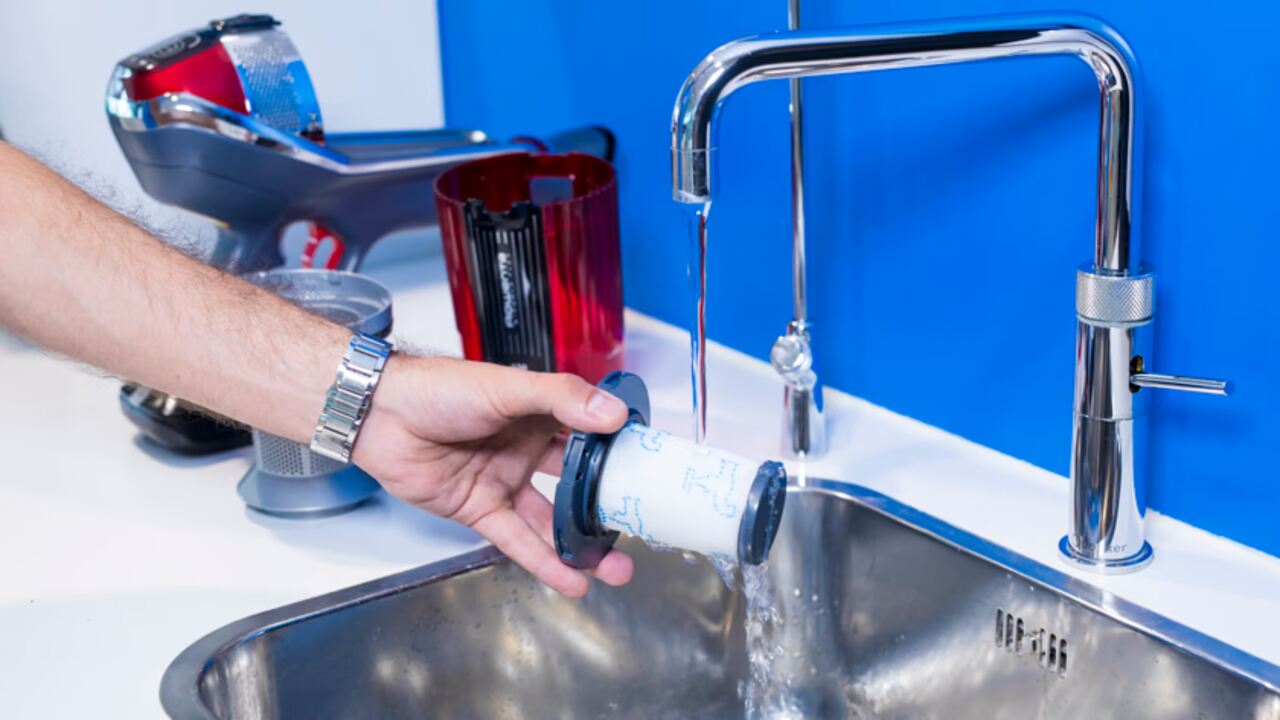
One of the most important steps in maintaining the performance and longevity of your vacuum cleaner is cleaning the filter. Washing the filter with water is a simple and effective way to remove dirt, dust, and debris that may have accumulated over time. To clean the filter, start by removing it from the vacuum cleaner according to the manufacturer’s instructions.
Then, rinse it under running water to remove any loose particles. Gently scrub the filter with a soft brush or sponge to dislodge any stubborn dirt. Once clean, allow the filter to air dry completely before reinserting it into the vacuum cleaner. Regularly cleaning your vacuum filter will help ensure optimal suction power and extend the life of your machine.
Drying The Filter Properly
Properly drying the filter is an essential step in cleaning your vacuum filter. After rinsing the filter with water and allowing it to air dry, it’s important to ensure that it is completely dry before reinserting it into your vacuum cleaner. One way to do this is by placing the filter in a well-ventilated area and allowing it to air dry naturally.
Alternatively, you can use a fan or a hairdryer on a low heat setting to speed up the drying process. Just be sure not to use high heat, as this can damage the filter. Taking the time to dry your vacuum filter thoroughly will help prevent mold and bacteria growth, ensuring that your vacuum continues to operate at its best.
Reinstalling The Filter In The Vacuum
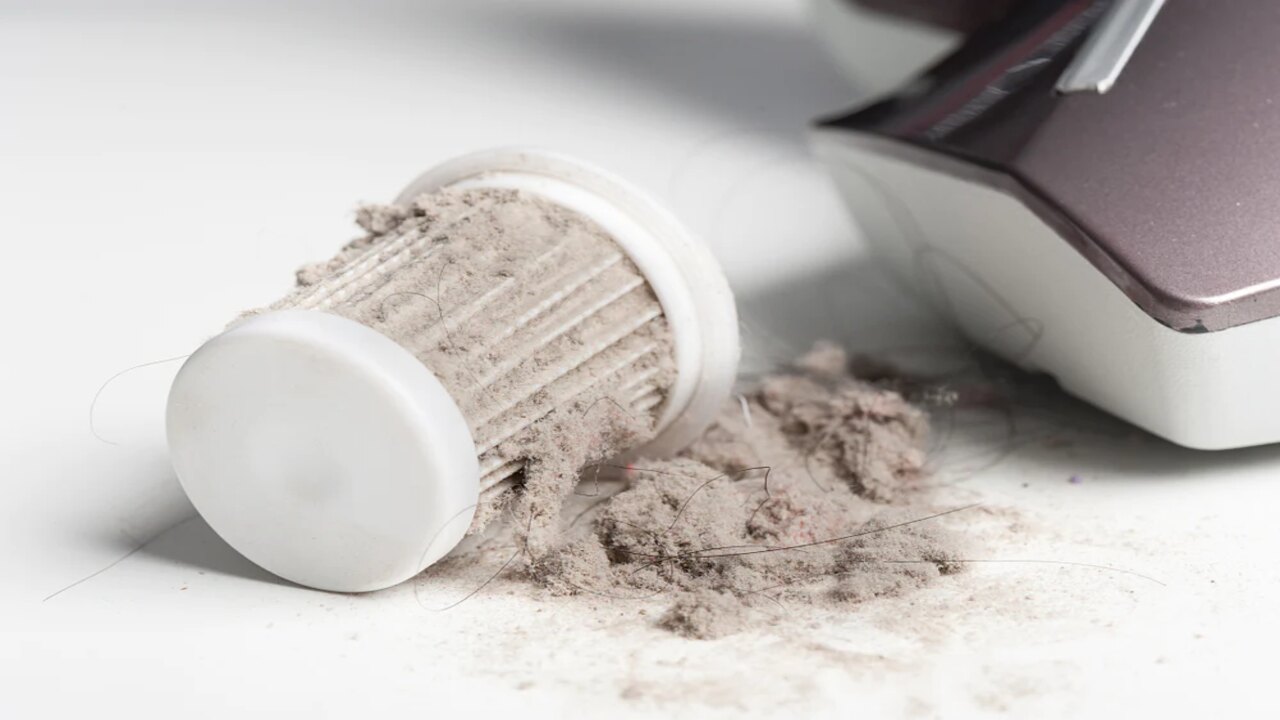
Once you have cleaned the vacuum filter, it is important to reinstall it in the vacuum properly. Start by lining up the filter with the designated slot or compartment in the vacuum. Make sure that it fits securely and snugly in place. If there are any clips or fasteners, use them to secure the filter in position.
Double-check that the filter is properly aligned and seated before closing any compartments or covers on the vacuum. This will help ensure that the filter functions effectively and efficiently when you use your vacuum next. Regularly cleaning and maintaining your vacuum filter will not only improve its performance but also prolong its lifespan.
Regular Maintenance And Cleaning Schedule
Regular maintenance and cleaning of your vacuum filter is essential to keep your vacuum running efficiently and effectively. By following this regular maintenance and cleaning schedule, you can prolong the life of your vacuum and ensure that it continues to perform at its best. Here is a suggested cleaning schedule to help you maintain your vacuum filter:
- Check The Filter Regularly: It’s important to check the filter on a regular basis, especially if you use your vacuum frequently or have pets. Look for signs of dirt, dust, or debris buildup on the filter.
- Vacuum Off Loose Dirt And Debris: Use another vacuum cleaner or an attachment to remove any loose dirt and debris from the filter gently. This will help prevent clogs and ensure optimal suction power.
- Wash The Filter: Depending on your filter type, it may be washable. Follow the manufacturer’s instructions for washing your specific filter. Generally, you can rinse it with water until it runs clear and then allow it to air dry completely before reinserting it into the vacuum.
- Replace As Needed: Some filters may need to be replaced periodically, especially if they are not washable or become damaged. Check the manufacturer’s recommendations for when to replace your specific filter.
Troubleshooting Common Filter Issues

Cleaning your vacuum filter is an important maintenance task that can help to ensure the optimal performance of your vacuum cleaner. However, sometimes, you may encounter issues with your filter that require troubleshooting. Here are some common filter issues and how to address them:
- Clogged Filter: If your vacuum is not picking up dirt or debris as effectively as it is handy to, it could be a sign that the filter is clogged. To fix this issue, remove the filter from the vacuum and tap it gently to dislodge any trapped dirt or debris. If the filter is washable, rinse it under running water until it is clean and allow it to dry completely before reinserting it into the vacuum.
- Damaged Filter: If your filter is torn or ruinous, it will not be able to trap dirt and debris effectively. In this case, you will need to replace the filter with a new one. Be sure to check the user manual or manufacturer’s instructions for guidance on finding the correct replacement filter for your specific vacuum model.
- Foul Odour: If your vacuum emits a foul odour, it could be a sign that the filter needs cleaning or replacing. Remove the filter from the vacuum and check for any trapped dirt or debris that may be causing the odour. If cleaning does not eliminate the odour, it may be time to replace the filter.
By troubleshooting common filter issues and taking proper care of your vacuum filter, you can maintain its effectiveness and prolong its lifespan. Remember to refer to your vacuum’s user manual for specific instructions on cleaning and replacing the filter.
Extending The Lifespan Of Your Vacuum Filter
Cleaning your vacuum filter regularly is essential for maintaining the efficiency and lifespan of your vacuum cleaner. Over time, dust and debris can accumulate in the filter, causing it to become clogged and less effective at trapping dirt. To extend the lifespan of your vacuum filter, follow these simple steps:
- Check The Manufacturer’s Instructions: Different types of vacuum filters require different cleaning methods. Consult the manual or website of your vacuum cleaner to determine the best way to clean your specific filter.
- Remove The Filter: Most vacuum filters are removable and can be easily accessed. Refer to your vacuum cleaner’s manual for instructions on how to safely remove the filter.
- Tap Or Brush Off Loose Debris: Start by tapping or lightly brushing the filter to remove any loose dirt and debris. This will help loosen up any stubborn particles before moving on to more thorough cleaning methods.
- Rinse With Water (If Applicable): Some filters can be rinsed with water to remove deeper-set dirt and grime. Again, refer to your vacuum cleaner’s manual to determine if this is a suitable cleaning method for your particular filter.
- 5. Air Dry Thoroughly: After cleaning, make sure to allow the filter to air dry completely before reinserting it into your vacuum cleaner. Placing a wet or damp filter back into your machine can lead to mold and mildew growth.
Regularly cleaning your vacuum filter ensures that your vacuum cleaner continues to perform optimally and effectively remove dirt and allergens from your home.
Final Tips For Effective Vacuum Filter Cleaning
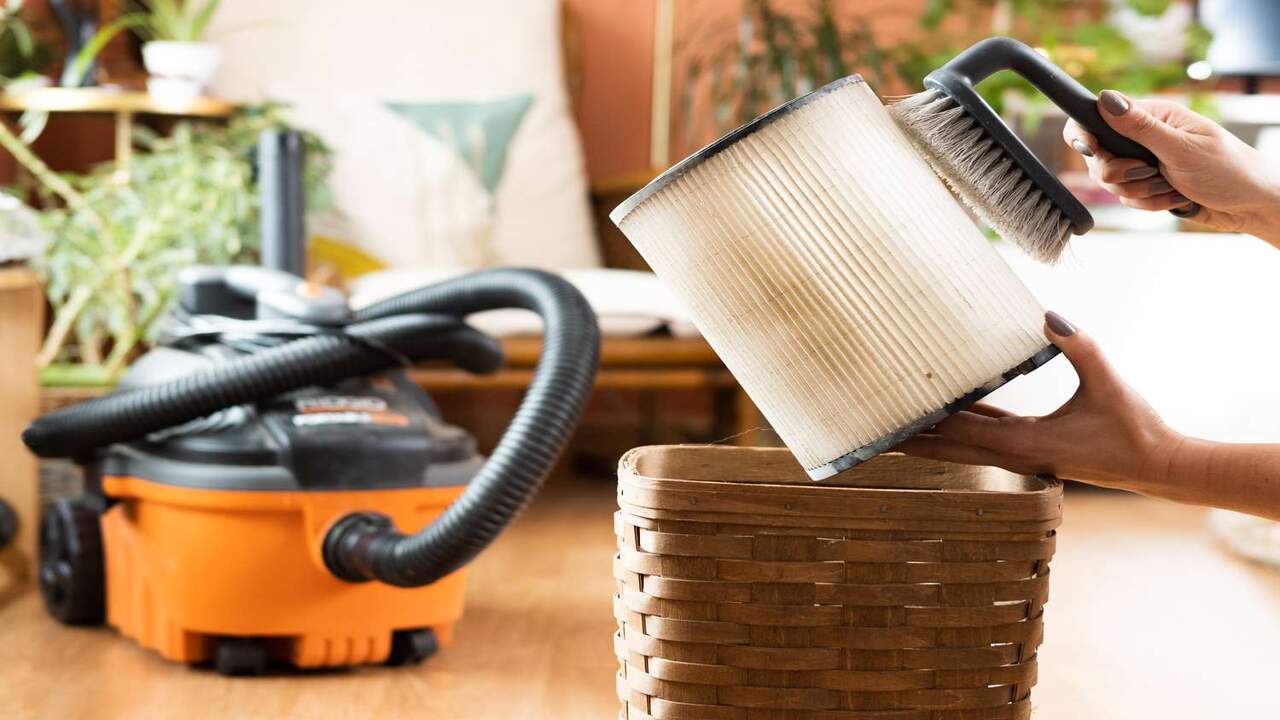
Cleaning your vacuum filter is an essential part of maintaining the performance and longevity of your vacuum cleaner. By following these tips, you can ensure that your vacuum filter remains clean and in optimal condition, allowing for efficient suction and better overall performance. Here are some final tips to ensure that you effectively clean your vacuum filter:
- Check The Manufacturer’s Instructions: Before cleaning your vacuum filter, it’s important to consult the manufacturer’s instructions. Different vacuum models may have specific guidelines for cleaning the filter.
- Use A Soft Brush Or Toothbrush: Gently brush off any loose dirt and debris from the filter using a soft brush or toothbrush. This will help to dislodge any trapped particles.
- Rinse With Water: Depending on the type of filter, you may be able to rinse it under running water. Make sure to thoroughly rinse both sides of the filter to remove all dirt and debris.
- Allow Time To Dry: After rinsing, let the filter air dry completely before reinstalling it in your vacuum cleaner. Damp filters can lead to mold or mildew growth and can compromise the performance of your vacuum.
- Regular Maintenance: To keep your vacuum filter clean and effective, make it a habit to clean it regularly. The frequency of cleaning will depend on how often you use your vacuum and the amount of dirt and debris it collects.
Conclusion
Proper maintenance and regular cleaning of your vacuum filter are essential for optimal performance and longevity. By following the easy steps mentioned in this guide, you can ensure that your vacuum filter remains free from dirt, debris, and allergens, allowing it to capture dust and maintain strong suction power efficiently.
Remember to gather the necessary supplies, remove the filter from the vacuum, and prepare it for cleaning. Whether you choose the manual cleaning method or wash the filter with water, dry it properly before reinstalling it in the vacuum. Regular maintenance and a cleaning schedule can help extend the lifespan of your vacuum filter, keeping your home clean and healthy. We hope you understand how to clean a vacuum filter.
Frequently Asked Questions
1.Can Vacuum Filters Be Washed?
Ans: Yes, vacuum filters can typically be washed. It’s important to check the manufacturer’s instructions to confirm if your specific filter is washable. If it is, remove the filter from the vacuum, rinse it with water, and allow it to dry completely before reinstalling it.
2.How Do You Clean A Portable Vacuum Filter?
Ans: To clean a portable vacuum filter, start by turning off and unplugging the vacuum. Follow the manufacturer’s instructions to remove the filter. If it’s washable, rinse it under running water until all dirt and debris are gone. Let it air dry completely before reinstalling it in the vacuum.
3.How Do You Clean An Air Vac Filter?
Ans: To clean an air vac filter, start by turning off and unplugging the vacuum. Tap or brush off any loose debris from the filter. Rinse the filter with water, gently squeezing it to remove excess dirt. Finally, ensure the filter is completely dry before replacing it in the vacuum.
4.How Do You Clean A Vacuum Filter At Home?
Ans: To clean a vacuum filter at home, start by referring to the manufacturer’s instructions. Remove the filter and gently tap it to remove loose dirt. Rinse with water or use a soft brush to loosen debris. Allow the filter to air dry completely before reinstalling the vacuum.
5.How Often To Clean A Roomba Filter?
Ans: To ensure optimal performance and longevity, the frequency of cleaning a Roomba filter depends on usage and environment. If you have pets or live in a dusty area, clean it every 2-3 uses. For lighter usage, once every 4-6 uses is sufficient. Regular cleaning will keep your Roomba running smoothly.

